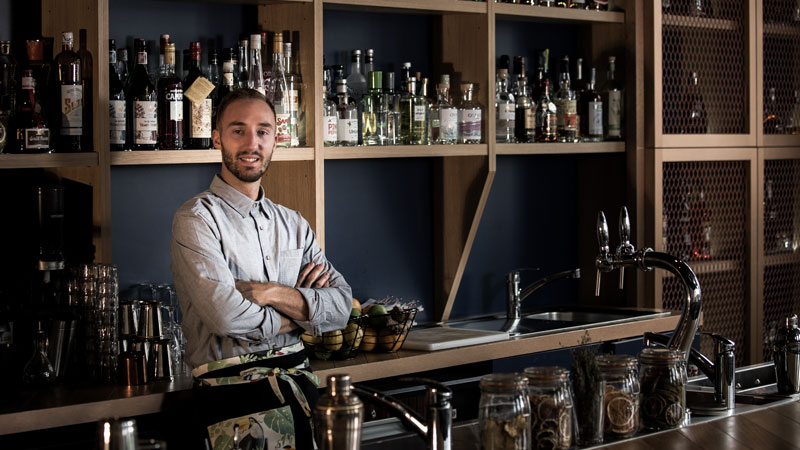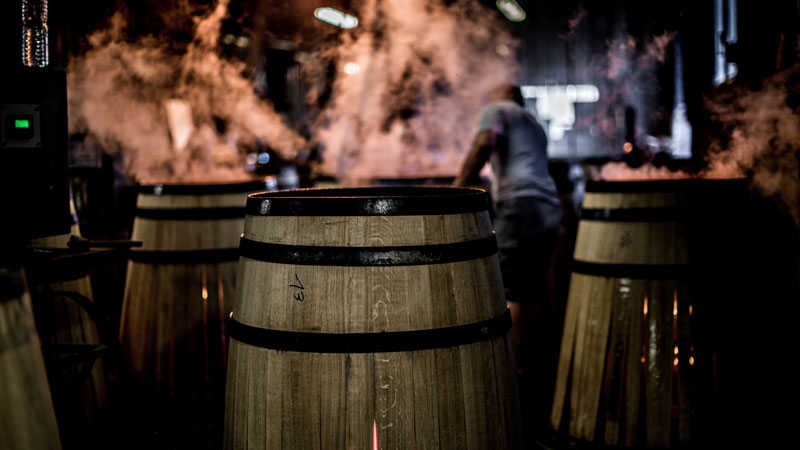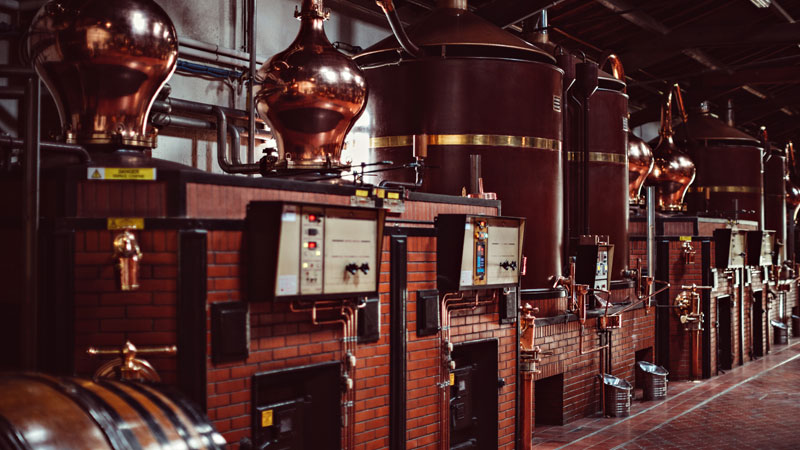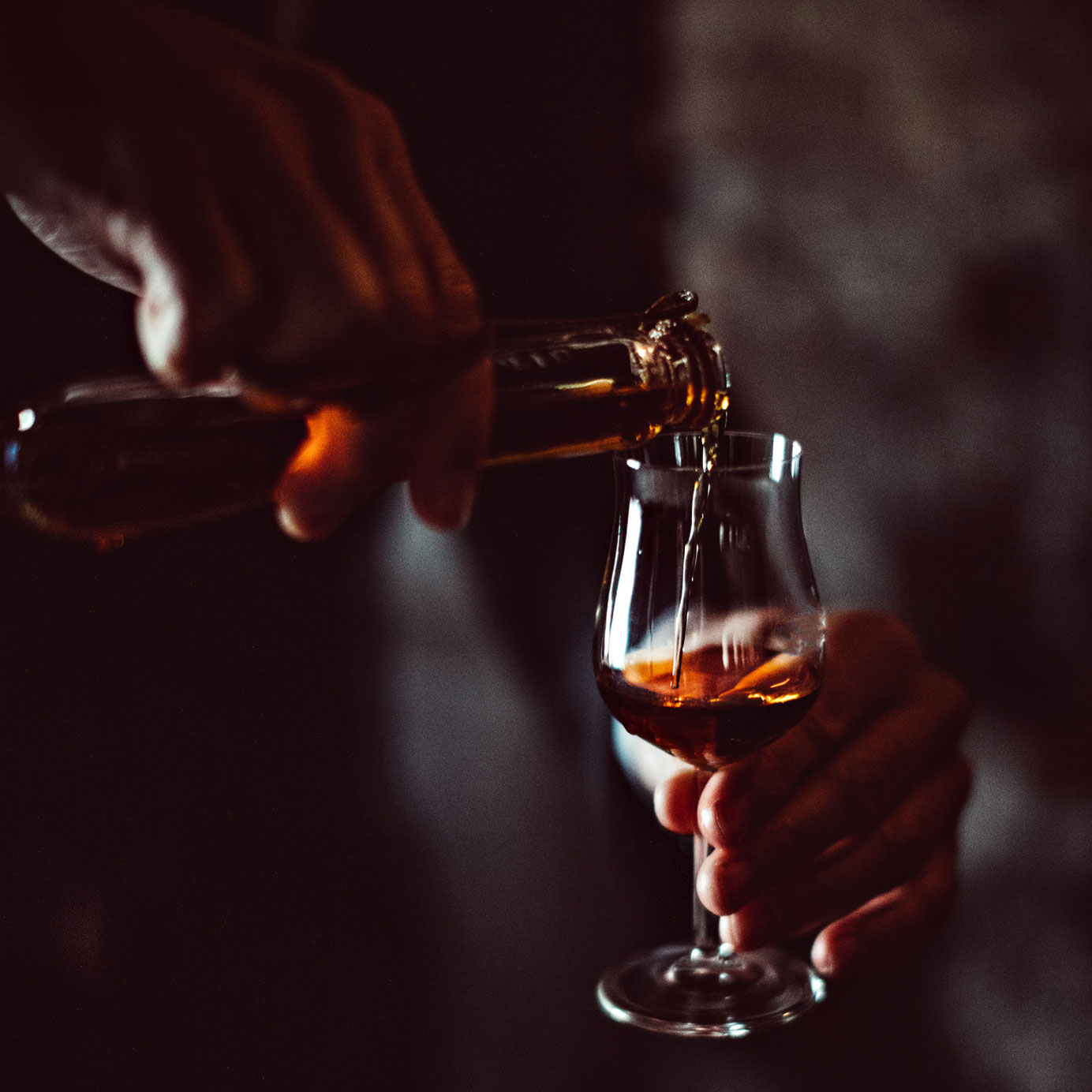America loves Hennessy — we imported 6.4 million cases of it in 2017 — but we tend to have trouble understanding Cognac as a category. Should we pair Cognac with meals, like wine? Is it a dessert drink? A cocktail ingredient?
Do we need fancy glassware to properly enjoy Cognac? And a smoking jacket?
“Cognac is not a secret society,” Germain Canto, a bartender at Bar Louise in Cognac, France, says. He is passionate about the versatility of his local spirit. “I want people to be less scared of Cognac and what it represents.”

By definition, Cognac is a type of brandy made from wine that is distilled and then barrel-aged. To qualify as Cognac, the brandy has to be made according to specific guidelines and with grapes from the Cognac region, a sub-prefecture in southwestern France.
Stateside, Cognac played a leading role in pre-Prohibition cocktails like the Sidecar and Sazerac. Today, confusingly, it often appears alongside Port on American wine lists. And, to many of us, the very idea of geographically protected brandy seems precious, better suited to straight sipping than mixing into drinks.
In truth, Cognac is a broad category. It might be mellow and affordable, the perfect cocktail mixer. Or it can be a sophisticated sipper, best paired with a leather-bound book and a nibble of cheese.
Here are all the ways to drink Cognac, according to an expert.
Paired with a meal
“I love to have my dinner with Cognac instead of wine,” Canto says. “It has so many aromatic components, it pairs with a lot of food.”
Cognac is categorized by age statement. VS Cognac, or Very Special, ages for two years. VSOP, or Very Special Old Pale, ages for at least four years. Napoleon Cognac requires six years of aging, and XO, or Extra Old Cognac, ages for 10 years.
The longer a Cognac ages, the more rich, fruity, nutty notes it will have. Younger Cognacs are always a hit at happy hour — pair with hard cheeses, oysters, or caviar, Canto suggests. Older age statements work beautifully with chocolate, mushrooms, and even game meats.
There are no hard and fast rules here, though, Canto says. Because Cognacs are blends, they are versatile.

In cocktails
Canto believes that Cognac is the best spirit for cocktails because “it is a blend of different crus,” he says. As a result, different mixers, citrus fruits, or fresh herbs will highlight the flavors in each Cognac.
Canto likes VS Cognacs in long drinks, such as with ginger beer, lime, and fresh mint. He also thinks they make great Sazeracs or Old Fashioneds, bringing “woodsy aromas from the barrel,” he says.
Your goal, then, is to find the Cognac that best suits your palate and budget. Think of it like any other cocktail base: You might not mix Pappy van Winkle into your Old Fashioned, but you would happily use Bulleit or Four Roses Small Batch. At approximately $29 and $34, respectively, those two bourbons are economically comparable to Courvoisier VS ($25) or Hennessy VS ($39).
“There is no one Cognac that is right for your drink,” Canto says. “It depends on your mood, the time of day, the season, and what you want from your cocktail.”

On the rocks
Splashing Cognac into an ice-filled glass might seem sacrilegious to those who think of Cognac as fine wine. But, like Lillet in Bordeaux or vermouth in Barcelona, Cognac is also a popular aperitif.
“Everywhere you go in Cognac, people are drinking Cognac and tonic, or Cognac on ice before dinner,” Canto says. “It’s great, it’s easy.”
Sipped straight
If you’re cracking into a $100-plus bottle of XO, you might be hesitant to pour it over ice or into a cocktail. Fair enough.
You don’t need to invest in specialty glassware for this purpose, but you do want to steer clear of balloon glasses. Their big, bulbous shapes enclose the aromas in the glass.
Cognac is made from wine, not grain, so you want to be able to swirl and sniff if you’re sipping it straight. A tulip or white wine glass will do the trick; in a pinch, so will a pint glass.
“What’s most important is you enjoy it,” Canto says.

